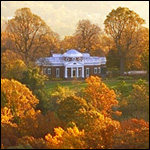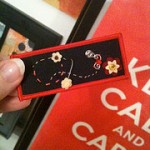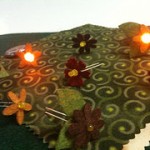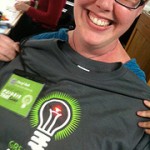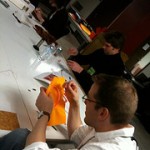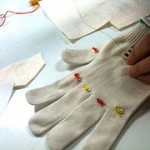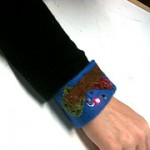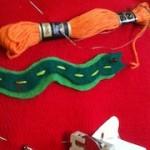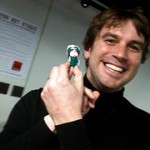I recently relocated from an institution where tons of people were working in my subfield to one where I’m the only person working in my subfield. This shift has made the process of getting feedback on in-progress writing considerably more difficult, since I don’t have the benefit of a critical mass of colleagues working in the same area and all of the interactions that stem from such critical mass. But, of course, I know lots of people nationally whose feedback I would love to receive, and who are willing to offer it.
Following on a recent reading of Colin Gifford Brooke’s Lingua Fracta, I’ve been thinking a lot about digital interfaces. In the past, commenting on writing via email has been cumbersome and confusing when it involves more than two or three people. And I don’t think blogs are less cumbersome.
As a possible solution to both the feedback and interface problems, I’ve been thinking about sports brackets as a way to organize writing feedback, and specifically about building a Drupal installation to bring the idea to fruition. The process might work like this. Let’s assume the 8 scholars want to join forces and share their in-progress writing. My idea is that the writing in need of the greatest revisions/rethinking should get the most attention. The bracket is an effort to systematize that thought. First, the scholars would be ranked, 1 through 8, the same way that basketball teams or wrestlers are seeded in tournaments. The scholars/writers would be ranked according to experience, number 1 the most experienced scholar, and number 8 the least experienced. Then the scholars would be paired the same way they are in sports tournaments:
1 and 8
2 and 7
3 and 6
4 and 5
At this point, I really, really want to jettison any metaphors of winning or losing. The paired scholars would exchange writing, and after providing feedback, by mutual agreement would agree which piece of writing needs the most additional work/input from additional writers. The person and their piece of writing would move forward in the bracket. [I have no good way of visualizing this in WordPress, so here’s a link to .pdf of a typical 8 person double elimination bracket, for visualization purposes.]
Let’s assume that in the first round of reading that in every case the least experienced writers’ work is the one that is in the roughest shape and the most in need of additional feedback. That work continues through the bracket. The next round of pairings would look like this:
8 and 7
6 and 5
The less experienced writers/scholars are now giving each other feedback, and it continues for another round with, say, 8 and 6 paired. So, as one progresses through the system, presumably making revisions after each round of feedback, the least experienced writers/scholars receive the most feedback and experience reading others’ work.
What’s in it for the experienced scholars? Well, they could drop into a “consolation” bracket and get feedback from each other. For example, the 1 and 2 we “eliminated” in the first round then exchange works, etc, etc
I think all of this could be systematized in Drupal in ways that would make the exchange of writing and feedback extremely easy. I could explain this so much better with a marker and dry erase board . . . Just an idea. Sorry I nipped over 500 words . . .

